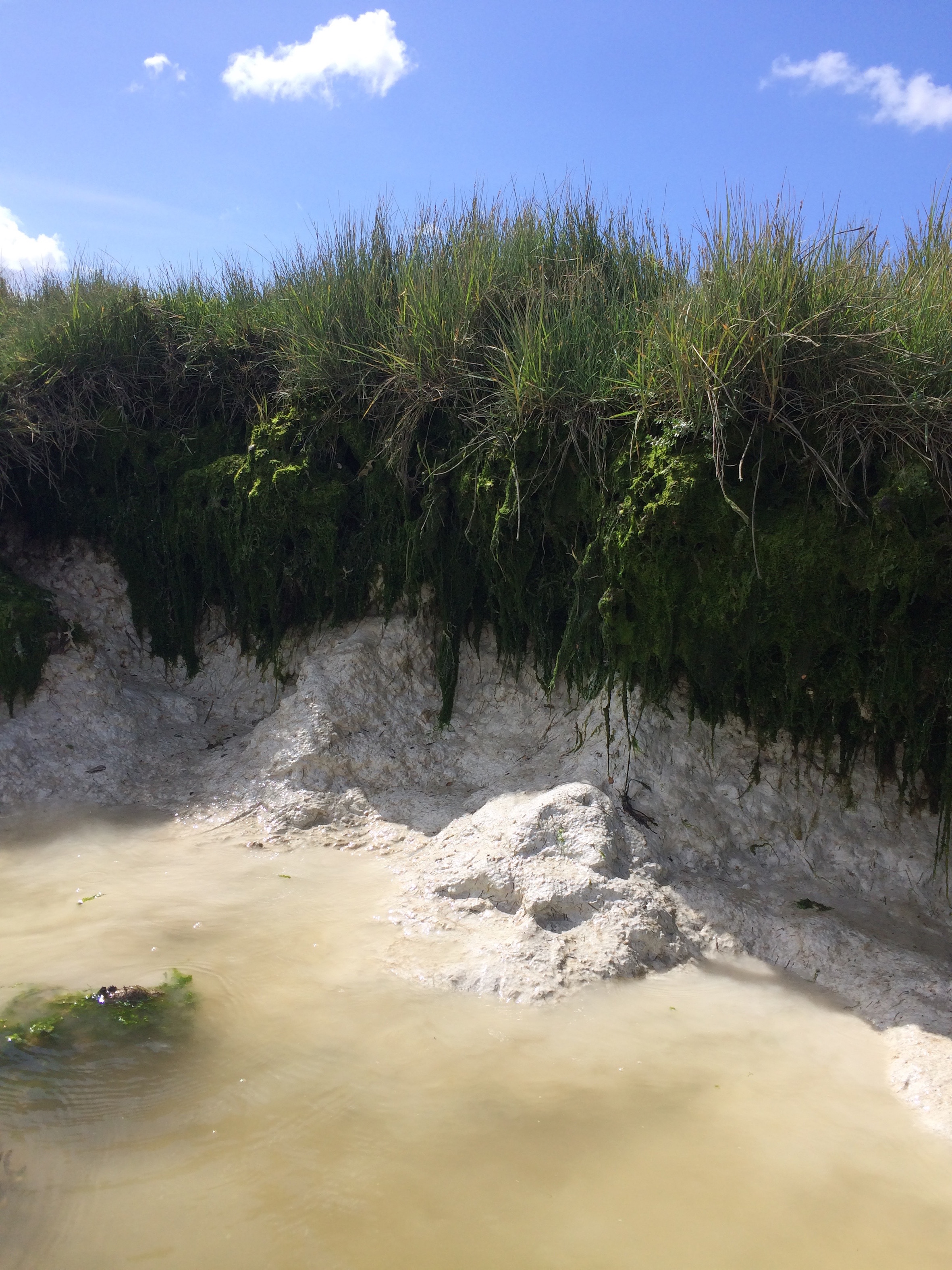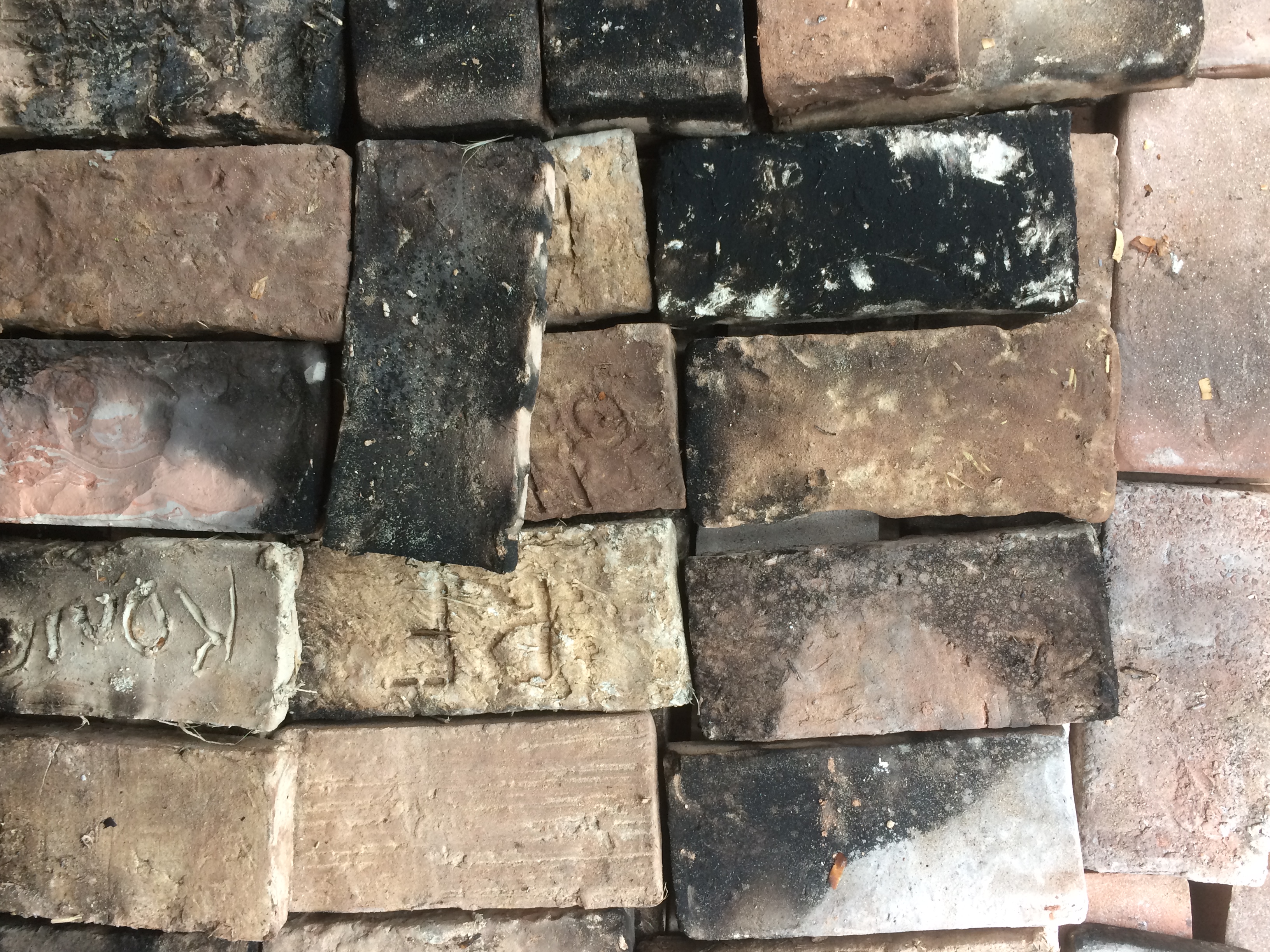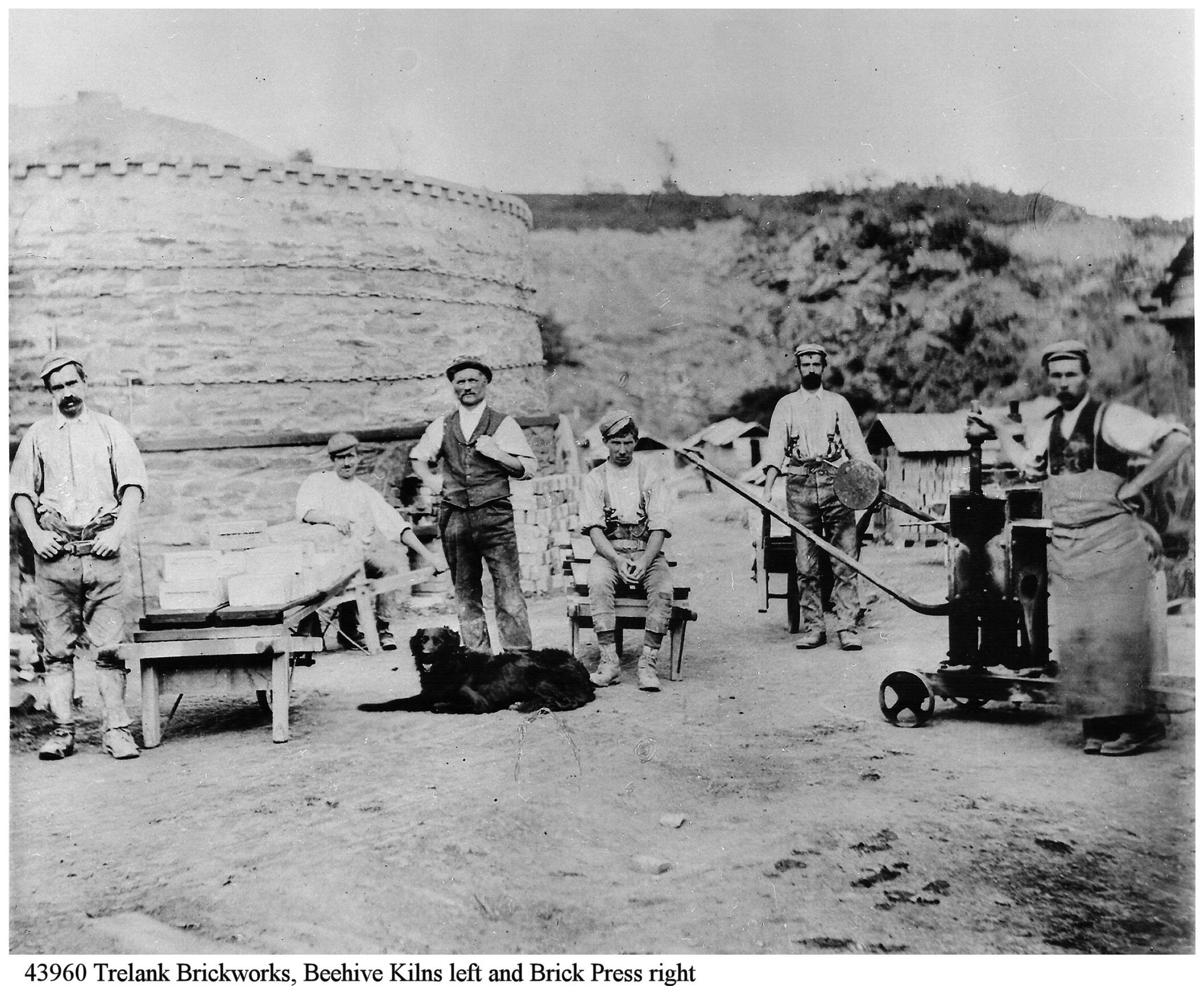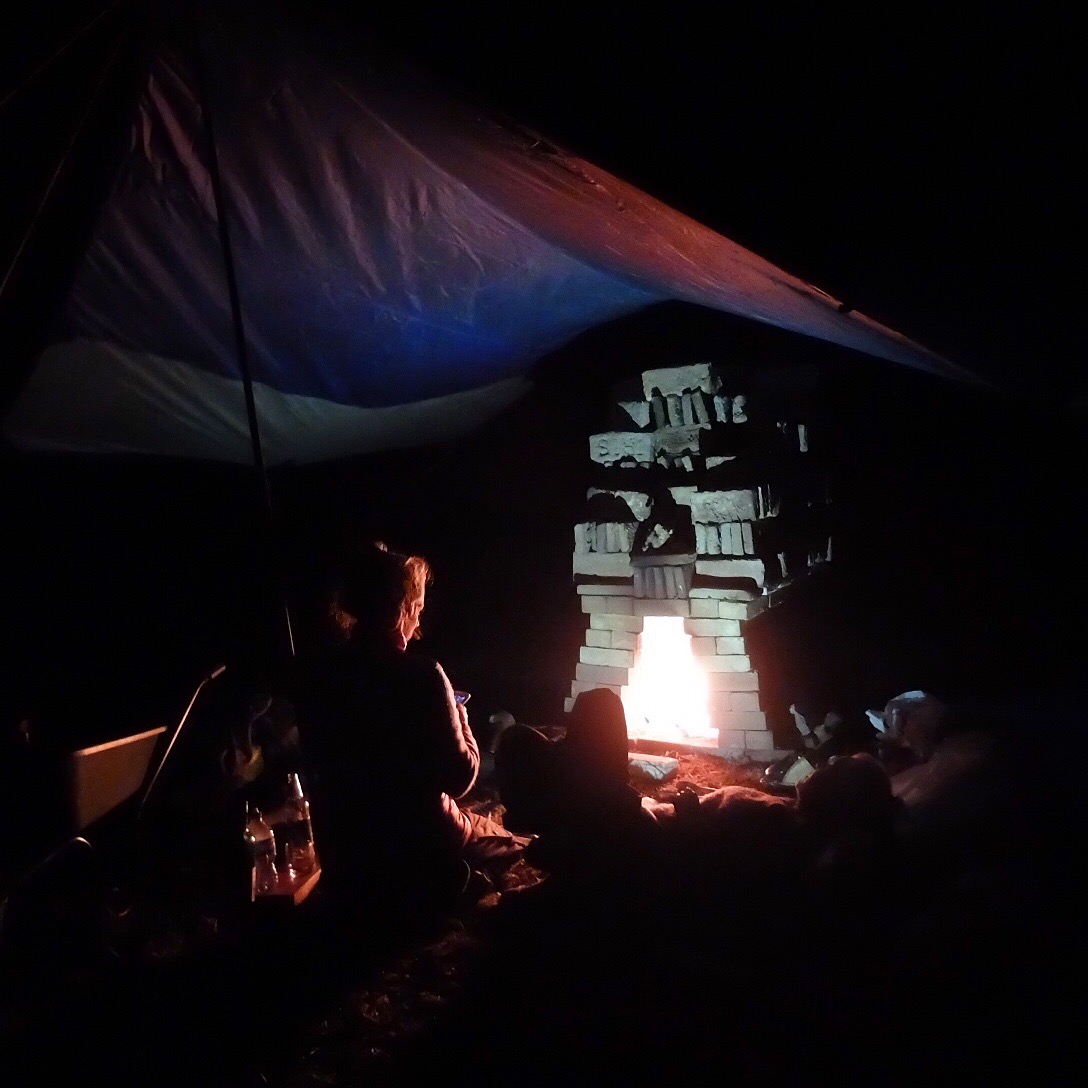TRELONK
Brick Making and Brick Clamp Kiln Firing, Fal Estuary, Cornwall
2018
Between 1891 and 1907 a brickworks existed on the banks of the River Fal, near Ruan Lanihorne. Waste clay that had been washed downriver from china clay pits on the western side of clay country had settled and silted up the river bed. The brickworks formed to make use of this waste resource, like many other small scale industries operating in Cornwall at the time. The bricks were formed and fired on site, and then shipped downriver to be used to build houses across the Roseland and in Truro and Falmouth.
Brick Making and Brick Clamp Kiln Firing, Fal Estuary, Cornwall
2018
Between 1891 and 1907 a brickworks existed on the banks of the River Fal, near Ruan Lanihorne. Waste clay that had been washed downriver from china clay pits on the western side of clay country had settled and silted up the river bed. The brickworks formed to make use of this waste resource, like many other small scale industries operating in Cornwall at the time. The bricks were formed and fired on site, and then shipped downriver to be used to build houses across the Roseland and in Truro and Falmouth.
In September 2018 I was invited by Groundwork to run a fieldtrip exploring this aspect of Cornwall’s history. My family had lived on the farm long after it was a brickworks and I had spent my childhood exploring the clay river banks.
With help from Katie Bunnell and Georgia Gendall we hosted two days of brickmaking workshops. 62 people came, in all weathers, and we collected clay from the river banks, formed it into rudimentary bricks and fired them on site in a brick clamp kiln.
Participant feedback:
“…the whole experience resonated on a very deep level; the kiln was an incredible focal point. On a sensory level, the experience was wonderful; the mist-muted sounds, the damp and wood smoke, the feel of the wet clay and dry straw.”
“Collecting the clay felt significant, particularly in the knowledge that it was the residue from clay pits further upriver. Learning about the history of the site provided an historical context and made being there a richer experience, and the kiln provided purpose, warmth and a sense of continuity over the two days.”
The experience of the weekend led us to believe that a longer term brickmaking project could have value, and with support from Katie Bunnell and Whitegold we have developed Brickfield.






